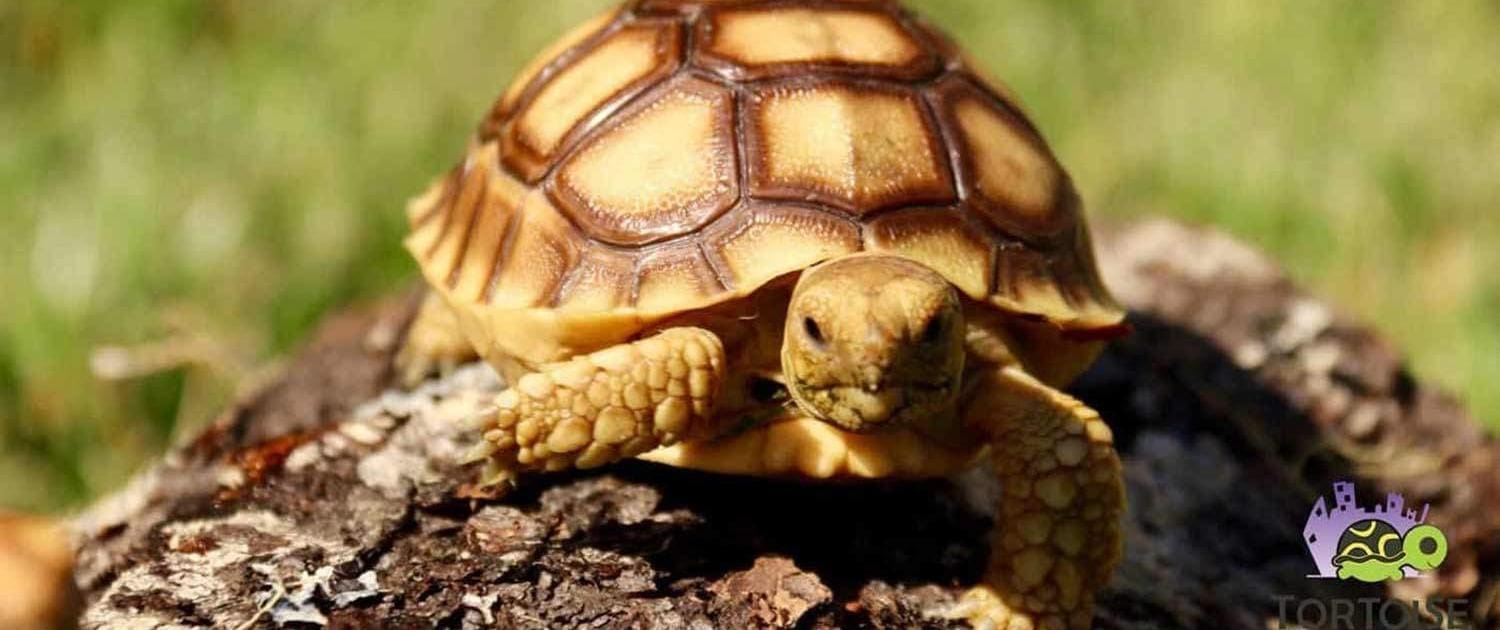
Baby Desert Tortoise Care: A Comprehensive Guide
Introduction
Desert tortoises are captivating reptiles that, with proper care, can thrive in captivity for decades. Baby desert tortoises, in particular, require specialized care to ensure their optimal growth and development. This comprehensive guide will provide you with all the essential information you need to provide the best possible care for your baby desert tortoise.
Housing
Enclosure:
- Size: Baby desert tortoises require an enclosure that is at least 2 feet long, 1 foot wide, and 1 foot high. As they grow, the enclosure should be gradually increased in size.
- Substrate: The substrate should be a mixture of sand and soil that mimics their natural habitat. Avoid using wood chips or other materials that can retain moisture.
- Shelter: Provide a hide box or shelter where the tortoise can retreat for privacy and security.
Temperature and Humidity:
- Temperature: Desert tortoises are ectothermic, meaning they rely on external heat sources to regulate their body temperature. Maintain a temperature gradient within the enclosure, with a basking spot of 95-105°F and a cooler end of 75-85°F.
- Humidity: Desert tortoises prefer a dry environment. Keep the humidity level between 30-40%.
Lighting:
- UVB Lighting: UVB lighting is essential for calcium absorption and bone development. Provide a UVB bulb that emits 5.0-10.0% UVB and ensure that it covers at least 50% of the enclosure.
- Heat Lamp: A heat lamp is necessary to create a basking spot. Use a ceramic heat emitter or a halogen bulb.
Feeding
Diet:
- Herbivorous: Baby desert tortoises are herbivorous and primarily feed on grasses, weeds, and flowers.
- Variety: Offer a variety of fresh, leafy greens such as romaine lettuce, dandelion greens, and escarole.
- Supplements: Dust the greens with a calcium supplement twice a week to ensure adequate calcium intake.
Feeding Schedule:
- Young Tortoises: Feed baby tortoises daily.
- Older Tortoises: As they grow, reduce the feeding frequency to 2-3 times per week.
Water
- Soaking: Provide a shallow dish of water for soaking. Soaking helps with hydration and shedding.
- Drinking: Offer fresh water in a shallow dish at all times.
Health and Hygiene
Regular Checkups: Schedule regular veterinary checkups to monitor your tortoise’s health and detect any potential issues early on.
- Shell Examination: Inspect the shell regularly for any signs of damage or infection.
- Weight Monitoring: Track your tortoise’s weight to ensure it is growing at a healthy rate.
- Hygiene: Clean the enclosure and water dish regularly to prevent the spread of bacteria.
Common Health Issues:
- Respiratory Infections: Watch for symptoms such as wheezing, nasal discharge, and lethargy.
- Shell Infections: Signs include swelling, redness, and discharge from the shell.
- Metabolic Bone Disease: Caused by calcium deficiency, leading to soft and deformed bones.
Socialization and Handling
- Handling: Handle your baby tortoise gently and infrequently. Excessive handling can stress the tortoise.
- Socialization: If desired, introduce your tortoise to other tortoises of the same species gradually and under supervision.
Hibernation
- Natural Behavior: Desert tortoises hibernate during the winter months.
- Captive Hibernation: If you live in a cold climate, you may need to provide a hibernation enclosure for your tortoise. Consult with a veterinarian for guidance.
Conclusion
Providing proper care for a baby desert tortoise requires dedication and attention to detail. By following the guidelines outlined in this comprehensive guide, you can ensure that your tortoise thrives and enjoys a long and healthy life in captivity. Remember to consult with a qualified veterinarian for specific advice and support as needed.
